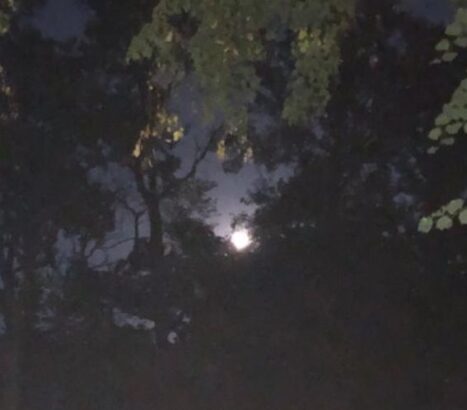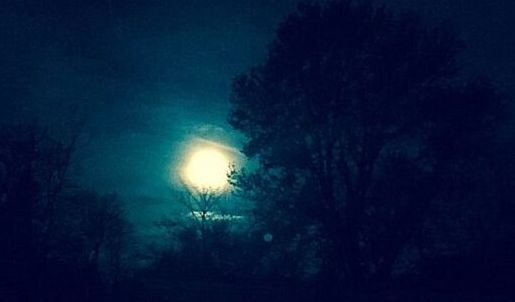
You might not have heard of the Sturgeon Moon in August or the Buck Moon in July but chances are you’ve heard of the Harvest Moon that is appearing overhead now in September.
It’s more than just a popular song.
Harvest Moon is the name some cultures, native tribes and farmers have given to the full moon that usually appears mid to late September because it rises when the sun goes down thus giving famers more light to get the crops in.
In the Northern Hemisphere, the Harvest Moon is the full moon closest to the September autumnal equinox. In 2021 that comes Sept. 22 when day and night are about equal in length. (It comes in March in the Southern Hemisphere)
You probably noticed that large golden orb already appearing above the horizon. It will be fullest and brightest Sept. 20, about 6:45 p.m. CDT. but will also appear full the following day.
If listening to TV weather reports, you are likely to hear meteorologists referencing the date as the beginning of autumnal fall but adding that meteorological fall began about 3 weeks before the September equinox on Sept. 1.
Autumnal fall ends at the December Solstice, when astronomical winter begins. but for meteorologists the fall season ends Nov. 30.
Check Time and Date for more more equinox information and go to the Old Farmer’s Almanac for more full moon facts and folklore.

